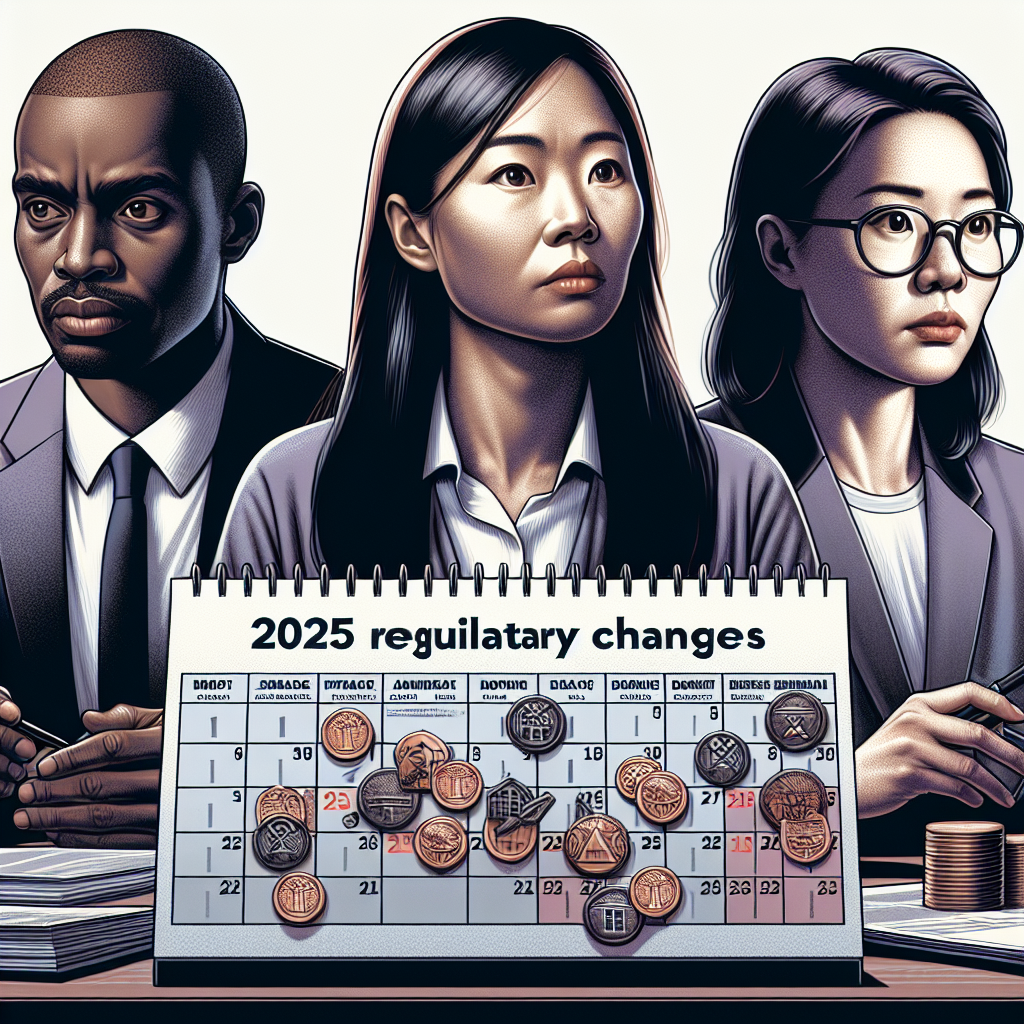In today’s digital age, the security of your Self-Managed Super Fund (SMSF) data has never been more critical. With cyber threats becoming increasingly sophisticated, SMSF trustees must prioritize cybersecurity to protect their members’ retirement savings and personal information. Recent cyberattacks directed at several public offer funds serve as a stark reminder that no financial institution is immune to these threats. Your SMSF’s cybersecurity is too important to ignore.
The stakes are particularly high for SMSFs. Unlike larger funds with dedicated IT departments, many SMSF trustees manage sensitive financial and identity data without specialized cybersecurity expertise. This vulnerability makes them attractive targets for cybercriminals seeking to exploit weak security practices. According to recent reports, SMSFs urgently need to improve their cybersecurity practices as scammers become increasingly sophisticated.
As Australia’s Trusted SMSF Lending Specialist, we understand that protecting your fund’s data is fundamental to preserving your long-term financial security. Let’s explore the essential cybersecurity measures every SMSF trustee should implement to safeguard their fund’s information.
1. Implement Strong Access Controls
The first line of defense for SMSF datasecurity begins with controlling who can access your fund’s information. Role-based access control (RBAC) is a critical strategy that limits user access to only the information necessary for their specific responsibilities.
For SMSFs, this means carefully considering who needs access to what information:
- Trustees may require full access to all fund information
- Members might need visibility into their balance and contributions
- Financial advisors may need temporary access to specific data for planning purposes
- Accountants and auditors should have time-limited access to relevant financial records
“One of the most common cybersecurity mistakes we see SMSF trustees make is sharing login credentials or giving blanket access to fund information,” says cybersecurity expert Jane Smith. “This significantly increases the risk of datasecurity breaches.”
Best practice includes:
- Assigning unique login credentials to each individual requiring access
- Regularly reviewing and updating access permissions
- Immediately revoking access when relationships end (e.g., changing financial advisors)
- Implementing multi-factor authentication for all access points
By treating access to your SMSF data like the keys to your home—only giving them to those you trust and only for the areas they need to enter—you create a strong foundation for your cybersecurity strategy.
2. Keep All Software Updated
Software vulnerabilities represent one of the most common entry points for cybercriminals. Outdated operating systems, accounting software, and even web browsers can contain security flaws that hackers actively exploit to access sensitive SMSF data. This is especially important for SMSF trustees using technology solutions to manage their fund’s operations.
Regular software updates are not just about getting new features—they’re essential for addressing known security vulnerabilities. Software companies continually discover and patch security issues, but these fixes only protect you if you apply the updates.
For SMSF trustees, this means:
- Setting up automatic updates wherever possible
- Regularly checking for updates on financial and accounting software
- Ensuring that all devices used to access SMSF information are current
- Considering professional IT support if managing multiple systems
Recent data shows that over 60% of data breaches can be traced back to unpatched software vulnerabilities that were known and fixable. This simple but often overlooked step in informationprotection can significantly reduce your risk exposure.
3. Invest in Employee and Trustee Training
Even the most sophisticated security systems can be compromised by human error. For SMSFs with staff or multiple trustees, cybersecurity awareness training is not optional—it’s essential.
“The human element remains the weakest link in most cybersecurity setups,” notes cybersecurity consultant Michael Johnson. “Without proper training, trustees and their staff may inadvertently open the door to cyber threats through phishing scams, weak passwords, or improper handling of sensitive information.”
Effective training programs should cover:
- Recognizing phishing attempts and suspicious emails
- Creating and managing strong, unique passwords
- Safe browsing practices when accessing fund information
- Proper handling of sensitive data
- Steps to take if a security breach is suspected
At Aries Financial, we believe that empowerment through education is key to protecting SMSF assets. Regular training sessions ensure that everyone involved with your fund understands their role in maintaining datasecurity. For trustees managing international property investments, this becomes even more critical as cross-border transactions add another layer of complexity to your cybersecurity needs.
Consider scheduling quarterly cybersecurity refreshers to keep security awareness top of mind. These don’t need to be lengthy—even 30-minute sessions covering recent threats and best practices can make a significant difference in protecting your SMSF data.
4. Strengthen Data Protection Measures
SMSF trustees handle considerable amounts of sensitive information, including members’ tax file numbers, banking details, and identity documents. How this information is stored, managed, and protected should be a primary concern.
Robust data protection measures include:
- Secure storage: Using encrypted storage solutions for all digital documents
- Data minimization: Only collecting and retaining information that’s necessary
- Regular audits: Conducting periodic reviews of what data you have and whether it needs to be retained
- Secure disposal: Properly destroying physical documents and securely wiping digital files when no longer needed
The potential impact of an SMSF data breach extends beyond financial loss. Identity theft, compromised bank accounts, and even fraudulent property transactions are all possible consequences when personal and financial information falls into the wrong hands.
One SMSF trustee learned this lesson the hard way when their email was compromised, leading to fraudulent transfer instructions being sent to their property manager. By the time the breach was discovered, significant funds had been diverted. This scenario could have been prevented through stronger data protection practices and verification protocols.
5. Utilize Encryption for Sensitive Information
Encryption transforms readable data into coded information that can only be decoded with the correct encryption key. For SMSF trustees, encryption adds a critical layer of protection to sensitive fund information, both when it’s stored and when it’s being shared.
When properly implemented, encryption ensures that even if cybercriminals gain access to your data, they cannot read or use it without the encryption keys. This is particularly important for:
- Financial records and statements
- Member identity documents
- Banking details and transaction records
- Investment strategy documents
- Communications containing sensitive information
Most modern operating systems offer built-in encryption tools, and there are numerous third-party solutions designed specifically for financial data. At minimum, SMSF trustees should ensure that:
- All devices used to access fund information have drive encryption enabled
- Secure, encrypted channels are used when sharing sensitive information
- Backup files are encrypted before being stored
- Encryption keys are securely managed and not shared via email
As part of our commitment to integrity and expertise at Aries Financial, we always recommend encryption as a non-negotiable aspect of SMSF cybersecurity. The small investment in encrypted solutions pays dividends in risk reduction.
Regular Security Audits and Assessments
Beyond the five critical steps above, SMSF trustees should conduct regular security audits to identify potential vulnerabilities before they can be exploited. These assessments should examine both technical and procedural aspects of your fund’s security posture.
A comprehensive security audit might include:
- Review of access logs to identify unusual patterns
- Assessment of password policies and practices
- Evaluation of data backup procedures and recovery testing
- Verification of software update compliance
- Testing of security awareness among trustees and staff
Consider engaging a cybersecurity professional annually to conduct a more thorough evaluation. Their external perspective can often identify blind spots that those who work with the systems daily might miss.
Developing an Incident Response Plan
Despite best efforts, security incidents can still occur. Having a clear, documented incident response plan ensures that trustees can act quickly to minimize damage if a cybersecurity breach happens.
Your incident response plan should address:
- Detection: How will you identify that a breach has occurred?
- Containment: What immediate steps will you take to limit the damage?
- Assessment: How will you determine what information was compromised?
- Notification: Who needs to be informed (members, regulators, financial institutions)?
- Recovery: How will you restore systems and data securely?
- Review: What lessons can be learned to prevent future incidents?
“The difference between a minor security incident and a catastrophic breach often comes down to how quickly and effectively you respond,” explains cyber incident response expert Sarah Chen. “For SMSFs, having a clear roadmap to follow during a stressful situation is invaluable.”
Implementing Secure Backup Solutions
Ransomware attacks, where cybercriminals encrypt your data and demand payment for its release, have become increasingly common. A robust backup strategy is your best defense against these threats. This is especially crucial for SMSFs using digital tools to manage their investments and administrative tasks.
Effective SMSF data backup practices include:
- Maintaining multiple backups in different locations
- Ensuring at least one backup is offline and disconnected from networks
- Regularly testing the restoration process to verify backups are working
- Encrypting backup files to prevent unauthorized access
- Automating the backup process to ensure consistency
The 3-2-1 backup rule is a good starting point: maintain at least three copies of your data, on two different storage types, with one copy stored offsite. This approach provides redundancy and protection against various failure scenarios.
The Power of Multi-Factor Authentication
Password protection alone is no longer sufficient for securing sensitive financial information. Multi-factor authentication (MFA) adds a crucial additional layer of security by requiring two or more verification factors:
- Something you know (password or PIN)
- Something you have (mobile phone or security key)
- Something you are (fingerprint or facial recognition)
For SMSF trustees, implementing MFA on all accounts that contain fund information creates a significant barrier to unauthorized access. Even if a password is compromised, the additional authentication factor prevents account takeovers in most cases.
Most financial institutions and cloud services now offer MFA options. Taking the time to enable these features on all your SMSF-related accounts should be considered a mandatory security practice.
Conclusion: Protecting Your Financial Future Through Cybersecurity
⚠️ As SMSF trustees, you have taken control of your retirement planning. Extending that control to include robust cybersecurity practices is not just prudent—it’s essential in today’s digital landscape. The five critical steps we’ve outlined—implementing strong access controls, keeping software updated, investing in training, strengthening data protection, and utilizing encryption—form the foundation of effective SMSF datasecurity. For comprehensive guidance on all aspects of SMSF management, including critical compliance steps, ensure you’re following best practices from the start.
At Aries Financial, our philosophy of integrity, expertise, and empowerment extends to every aspect of SMSF management, including cybersecurity. We believe that protecting your fund’s information is as important as making sound investment decisions. Both contribute significantly to your long-term financial security.
By taking a proactive approach to cybersecurity, SMSF trustees can significantly reduce their vulnerability to cyber threats and ensure they’re well-positioned to detect and respond to any incidents that do occur. Remember that cybersecurity is not a one-time project but an ongoing commitment to protecting your members’ financial futures.
⏰ The time to strengthen your SMSF’s cybersecurity is now—before you become the next target of increasingly sophisticated cyberthreats. Your future self will thank you for the protection you put in place today. Remember that cyber resilience, as defined by ASIC, is about adapting to disruptions while maintaining continuous operations—a critical capability for every SMSF trustee.


